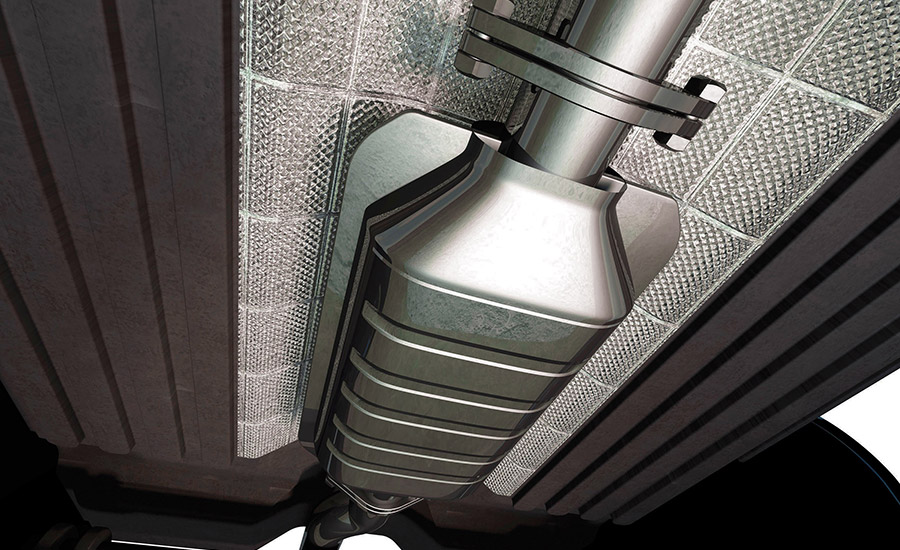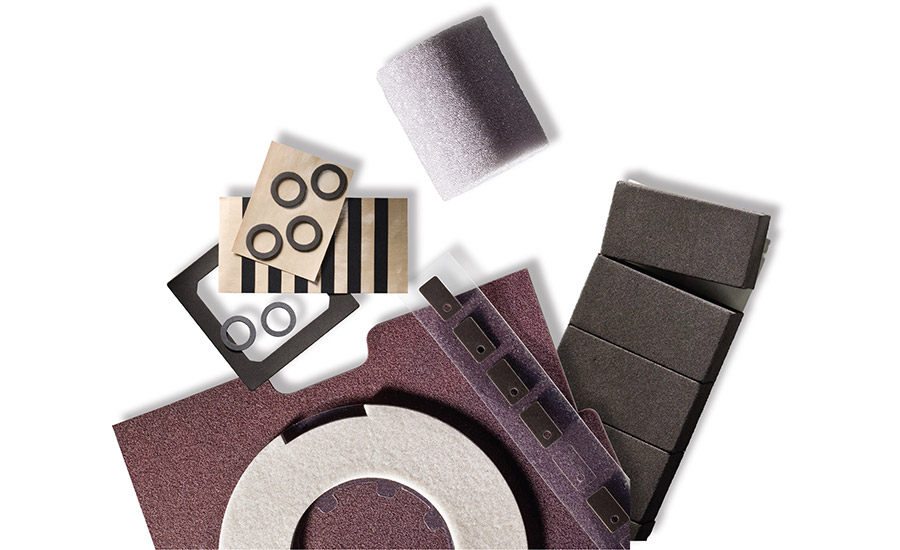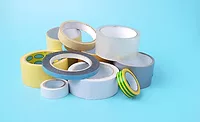Selecting the Correct Type of Pressure-Sensitive Adhesive Tape
End-users of pressure-sensitive adhesive tapes should consider a variety of factors as they choose the correct tape for their application.
.webp?t=1686719566)
With several factors to consider — from cost to sustainability to performance and design — selecting the correct pressure-sensitive adhesive (PSA) tape for an application can be a daunting and complex process for members of the value chain, including original equipment manufacturers (OEMs), functional material manufacturers, and converters. There are a range of questions to consider before beginning the decision-making process.
Before Selecting the Best PSA Tape
To identify the correct type of PSA tape for a specific application, users should consider the following four important steps to help streamline the process:
1. Lamination: What type of material will the adhesive be laminated to? Knowing how well your adhesive laminates to various materials can help you determine the best combination to use.
The most common materials tapes are laminated to include:
- Foams, including polyether urethane, polyester urethane, dense urethane, sponge rubber foam, and silicone sponge foam
- Nonwovens, felts, and fabrics
- Films and foils

Tapes can be laminated to a variety of foams.
Specific adhesives are more compatible with certain materials for lamination. For example, a general-purpose rubber adhesive works very well with polyester ure
thane, dense urethane, and sponge rubber foams. On the other hand, a High Performance Acrylic (HPA™) adhesive is not suited for these foams but is a great choice for felts and fabrics. Certain types of materials are very difficult to laminate, like a silicone sponge foam — which requires a silicone-based adhesive. It is critical that users understand the general chemistry of the material being laminated to ensure optimum results for the end-use product.
2. Surface Energy: What is the surface energy of the substrate your laminated part will be bonded to? Surface energy is a characteristic of a substrate that affects how it interacts with adhesives. Choosing the wrong adhesive can impact bond strength.
The most important item to know is whether the surface is categorized as high, medium, or low surface energy. A given adhesive is optimized for a certain type of surface energy – high-surface-energy substrates, such as metals, are easy to bond to, while lower-surface-energy substrates, such as EVA or polypropylene plastics, are more difficult. A low surface energy will reduce an adhesive’s ability to “wet-out,” making bonding more difficult. High surface energy, on the other hand, enables the wet-out process and thus is easier to bond. Wet-out in adhesives can be compared to water beads on a waxed car hood, compared to water spread over on an unwaxed hood. This ability to spread out on a surface is an example of wet-out — the type of surface that’s ideal for bonding.
The most common types of surface energies on industrial substrates include:
- High: aluminum, stainless steel, copper, glass, polyimide (Kapton®), nylon, polyester, (PET) film, polyurethane film
- Medium: ABS, polycarbonate, vinyl (PVC), acrylic, polystyrene
- Low: EVA, powder coated paint, polyethylene, polypropylene, PVF
- Extra low: PTFE (Teflon™), silicone
3. End-Use Requirements: Are there any other end-use application requirements?
An adhesive may face an assortment of conditions during the product’s lifespan. For example, a tape construction placed under the hood of a car, where it may be exposed to chemicals/fuels and extremes of heat, has different end-use requirements than a construction used in the manufacture of exterior building materials that are exposed to UV light. Knowing these end-use requirements in advance helps ensure bond reliability.

Tapes are used for securing automotive heat shields.
OEMs, functional material manufacturers, and converters need to be aware of the application’s service temperature along with environmental conditions such as humidity (example: bonding a shower backsplash), UV light (example: bonding a film to a window), or chemical exposure (example: bonding a heat shield to a gas tank).
4. Tape Construction: What type of tape construction is needed for your specific use?
There are five standard tape construction options:
- Single liner transfer tape, consisting of an adhesive and a single release liner
- Double liner transfer tape, which is an adhesive sandwiched between two release liners
- Single coated, consisting of a facestock, an adhesive, and a release liner
- Double coated, consisting of a liner, layer of adhesive, carrier, and second layer of the same type of adhesive
- Differential, which is a double-coated tape with different types of adhesive
Choosing the right construction, along with the optimal adhesives, can often positively affect a tape’s convertibility and performance. For example, an application that involves bonding to foam that is going to be die-cut is at risk of stretching and losing its desired shape when it is applied to its end-use substrate. In this case, the user ought to consider using a double-coated tape. This will add dimensional stability that will help it retain its shape.
Another example is an application that involves bonding a product to a textured or rough surface. The end user will want to get as much adhesive on that surface as possible to accommodate these irregularities. In this case, they would want to choose a transfer tape, which has more adhesive mass devoted to bonding than a double-coated tape.

Laminated foam and fiber parts.
Most users make the mistake of overlooking selecting the correct liner type. There are many specialty liner-type options that can improve the overall performance of a tape. The go-to for many is paper or Kraft, which is affordable and suitable for many applications. A 12-point board liner, however, can offer rigidity that is useful for small, hand-applied parts. Liners made of polyester film help improve the convertibility of small parts while polypropylene offers high tear resistance.
Conclusion:
The durability, ease of use, and versatility of PSA tapes make them a sound solution across a range of industries including automotive, appliances, electronics, building and construction, specialty industrial, and personal care segments. Tape manufacturers are working across sectors to ensure that a full portfolio of solutions are available to meet industry-specific safety, performance and reliability requirements.
In an effort to simplify and make the adhesive identification process easier for all users, global manufacturers like Avery Dennison Performance Tapes, have developed digital platforms that serve as a guide — walking users through each step of the PSA selection process.
For more on selecting tapes that meet specific application needs, visit, tapes.averydennison.com/coreseries.
Images courtesy of Avery Dennison.
Looking for a reprint of this article?
From high-res PDFs to custom plaques, order your copy today!





